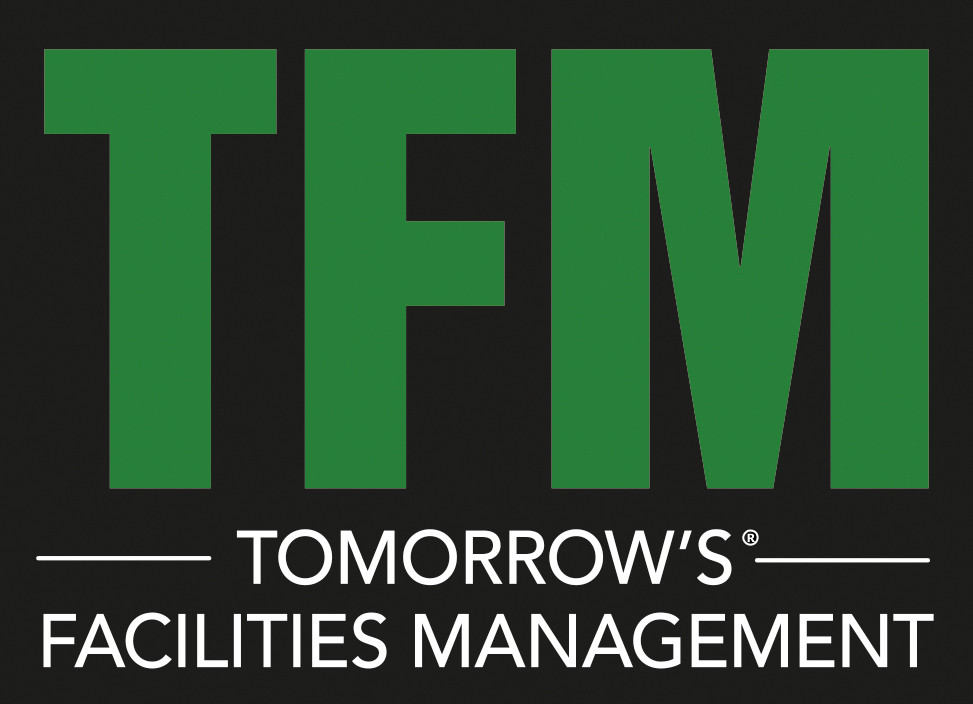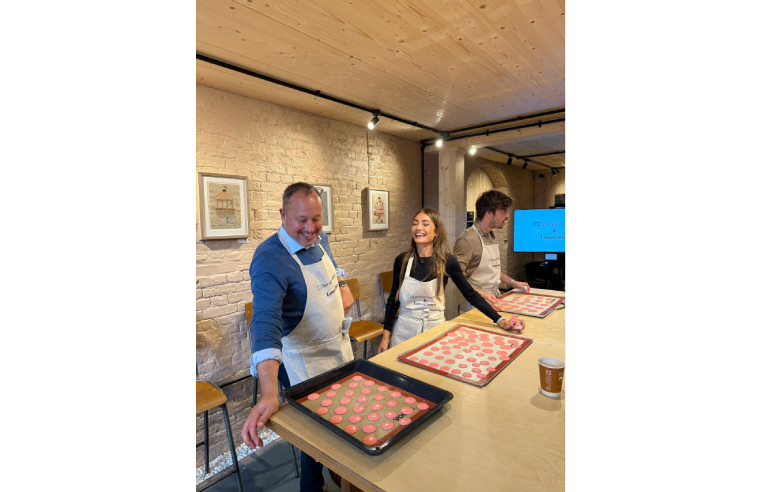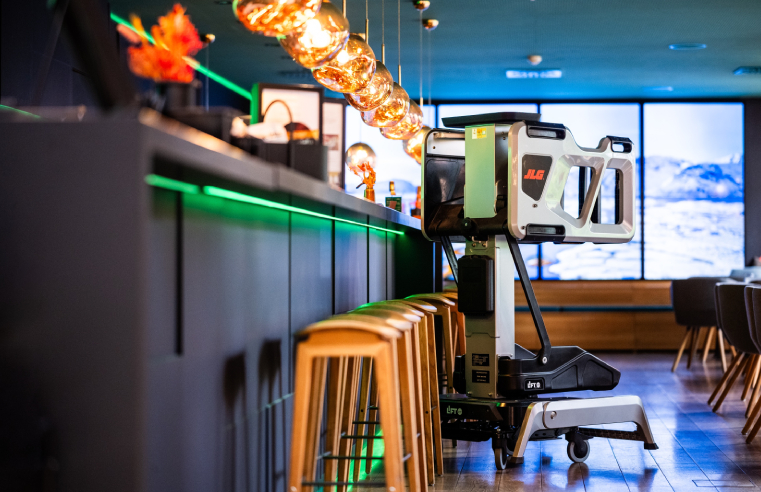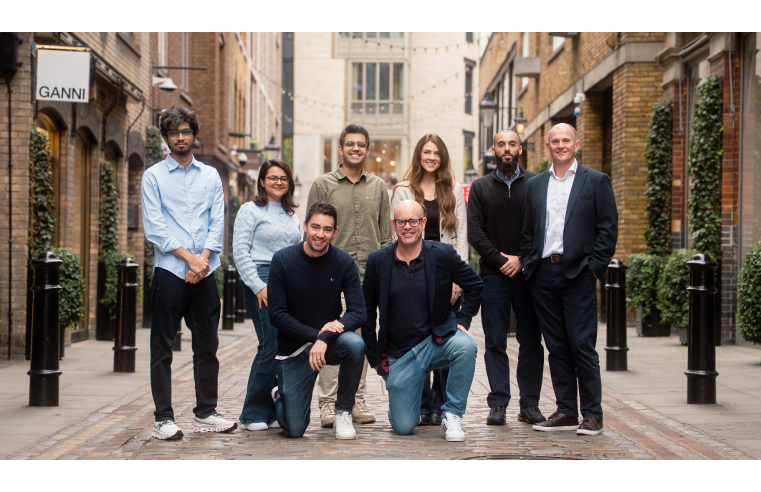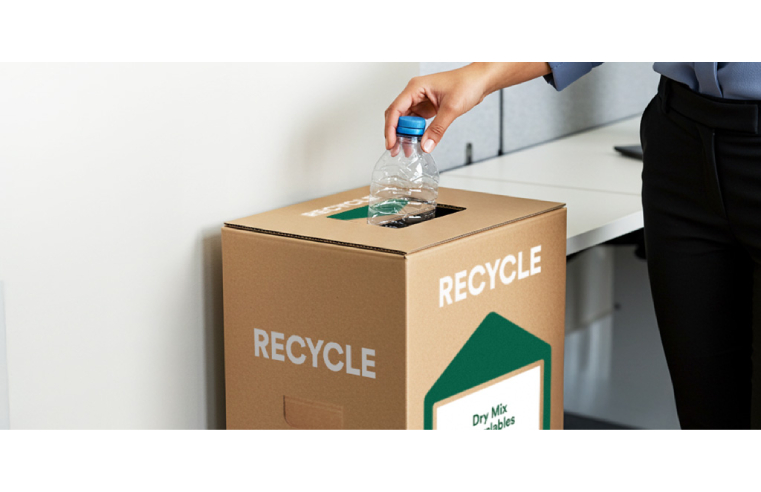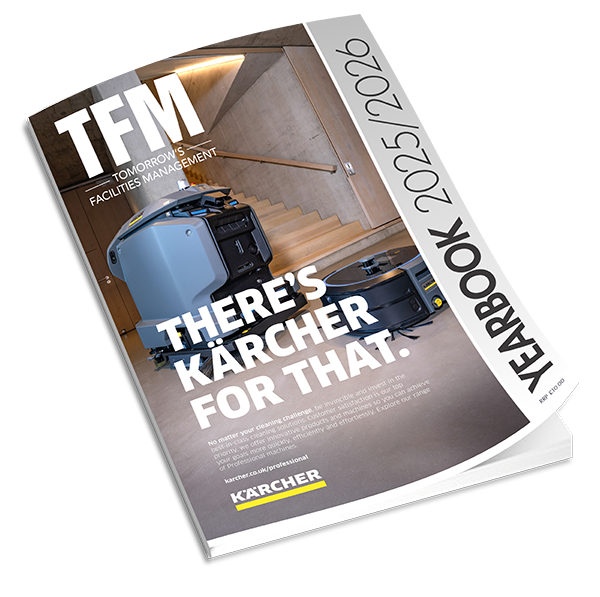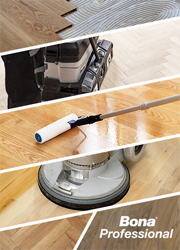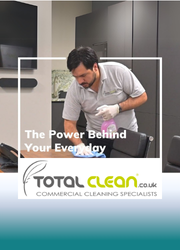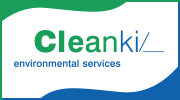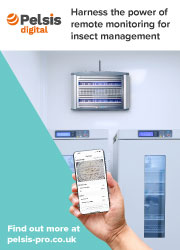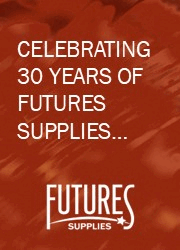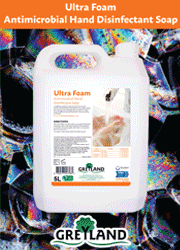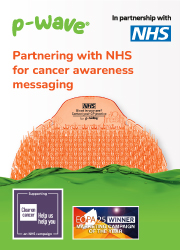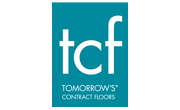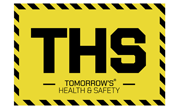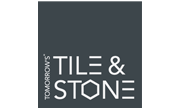Simon Mercer, Director at Signo-Nanocare, looks at how to smooth the transition by leveraging key antimicrobial tools.
With the UK’s government’s ‘roadmap out of lockdown’, parents look to a return to school and hope lies in the vaccines leading to the easing of restrictions and some semblance of normal life - whilst the inevitable coronavirus spikes are contained.
It is accepted that all viruses, including SARS CoV-2, will mutate over time as they make copies of themselves and spread. The frequency of viral mutations reflects why flu vaccinations are developed yearly, each being to combat the current most prevalent strain. We can expect to see similar with SARS CoV-2.
The original SARS CoV-2 virus has already gone through many mutations. Some can weaken the virus and speed its demise, while others, such as the Kent, South African and Brazil variants, are more challenging. These have been identified as ‘significantly more transmissible’ than the original strain. While there is much debate around vaccine efficiency in relation to the new variants, thankfully they do not appear to be linked with an increase in mortality.
The reality is that even with Hands - Space – Face awareness, there remains a significant opportunity for SARS CoV-2 or one of the recently identified variants (Kent, Brazilian and South African) to be easily transmitted between people through hands-surface-hands transfer.
While increased and more visible ‘moment in time’ cleaning goes some way to reducing transmissible infection (viral and/or bacterial), the reality is that many microbes that land on surfaces survive for a significant period of time, and just one touch can move transient microbes around a school office, public space or home in minutes.
Research into the lifespan of SARS CoV-2 has been carried out by CSIRO, Australia’s national science research agency. It investigated the survival of infectious SARS-CoV-2, suspended in an artificial mucous, on six common surfaces, carrying out the tests at three different temperature settings, 20oC, 30oC and 40oC. The surfaces tested were selected to represent those most touched in everyday life: stainless steel, glass, vinyl, paper and polymer banknotes and cotton cloth.
Their findings were as follows: “At 20°C we found that the virus was extremely robust. We were able to recover infectious material at 28 days from all the smooth (non-porous) surfaces. These are stainless steel, glass, vinyl, and paper and polymer banknotes. The recovery of SARS-CoV-2 from the porous material (cotton cloth) at 20°C was much shorter with no viable virus surviving past 14 days. At 30°C infectious virus was recoverable for only seven days from stainless steel, money (polymer banknotes) and glass. It was recoverable for only three days from vinyl and cotton cloth.”
These results have far-reaching implications for many workplaces, as the average indoor working temperatures are generally set between 16ï‚°C and 24ï‚°C, as recommended by UNISON. These levels of ambient temperature contribute directly to the proliferation of SARS CoV-2 during the time between individual surface disinfections and touches.
Before the end of the first lockdown, the UK Government issued fourteen guides covering all types of workplaces from offices and fleets of vehicles to home visits. Theses guides are in-depth and comprehensive while catering for different settings. However, they all have one common section: Section 5 – cleaning the workplace/space/ objects – with the clear objective, “To keep the workplace clean and prevent transmission by touching contaminated surfaces.” The Government also advises the use of cleaning agents that are effective against “enveloped viruses”.
Can regular cleaning alone really prevent the transmission of SARS CoV-2 on high touch surfaces? In truth probably not, unless every surface is cleaned between every individual contact touch – which is just not realistic, practical, or economical.
This Government objective can however be met from another angle – the use of a permanent bond antimicrobial nano-coating. An example is a formulation made from a silicon dioxide (quartz) based solution, which bonds to surfaces, forming a nano-scale ‘glass like’ covering, to which a tried and tested antimicrobial active ingredient (ammonium chloride) has been added that forms a permanently bonded layer of ‘nano spikes’.
Throughout the course of the working day, droplets and aerosols land on the surface and every touch leaves a contact or smear of infection. These may not always be SARS CoV-2, but, amongst others, it could be intestinal E.coli or Salmonella from the 67% of people who don’t wash their hands – or don’t wash them properly, after using the toilet.
The ‘nano spikes’ incorporated into the coating puncture the microbes’ cell wall and membrane, causing its demise and neutralising it on contact, thus preventing it from multiplying or being passed onto the next person to touch the surface. The bonus of the physical nature of the ‘kill’ is that it prevents microbes from mutating and becoming resistant to chemicals, helping to combat the rise in drug resistant microbes.
These antimicrobial nano-coatings have undergone extensive laboratory testing for efficacy on many well-known infections such as MRSA, E.Coli and Salmonella, but have recently undergone testing on enveloped viruses and in particular SARS CoV-2. On-going field Adenosine Triphosphate (ATP) hygiene testing evidences the nano coating’s antimicrobial effect on treated surfaces in-situ.
The benefit of using a nano-coating is the longevity of the surface bond and antimicrobial activity, both of which have been tested using ISO standards to demonstrate a minimum twelve-month active life span. The application of antimicrobial nano-coatings to schools, work areas, offices etc. is simple and straightforward, achieved using a two-part coating system that can be hand applied or by using mist spraying equipment.
Antimicrobial nano-coatings provide facility managers and end users with an ongoing backdrop of a constant microbial kill on surfaces. This actively contributes to the prevention of transmission of infection through hand-surface-hand contact on contaminated surfaces – 24 hours a day, 365 days of the year – with one easy to apply treatment. The practical and cost benefits from the reduction in upheaval for clients, staff/visitors from daily/weekly sanitising deep cleans, giving the ability to return to ‘normal’ cleaning regimes are highly tangible.
Liquid Guard Antimicrobial nano coating is available through Nano-Care UK.



